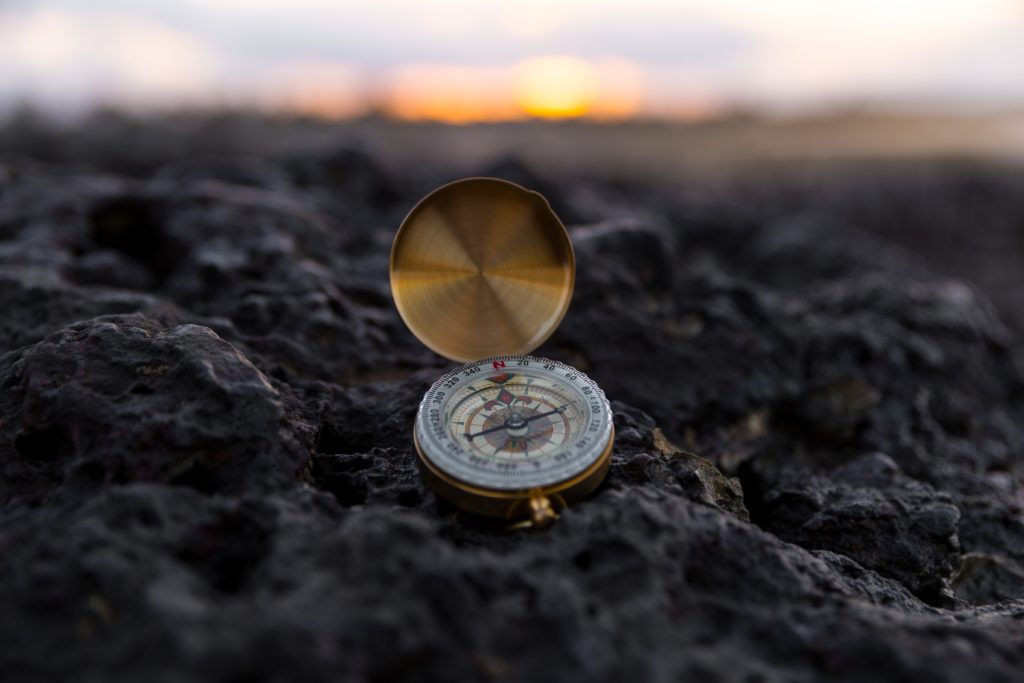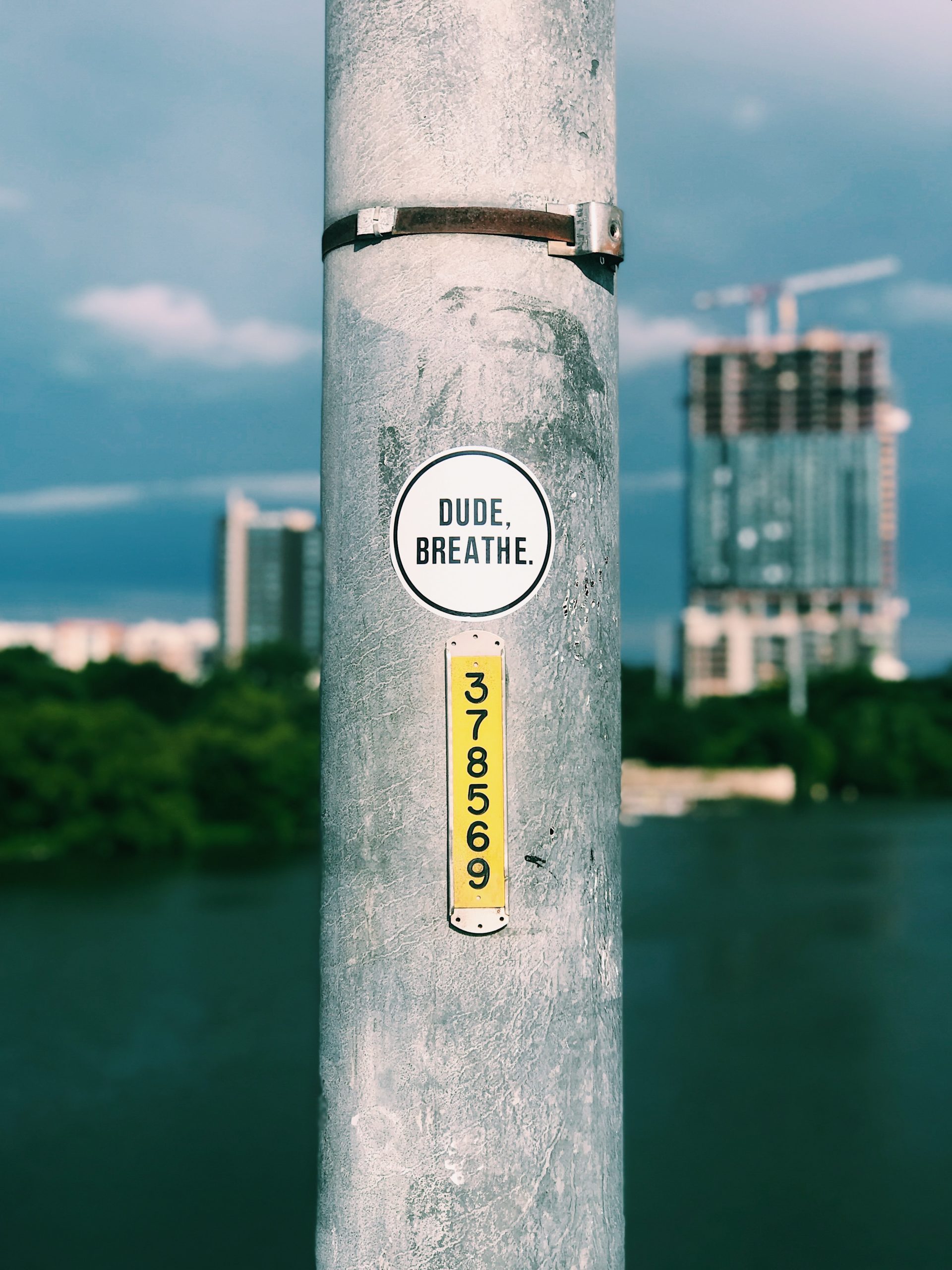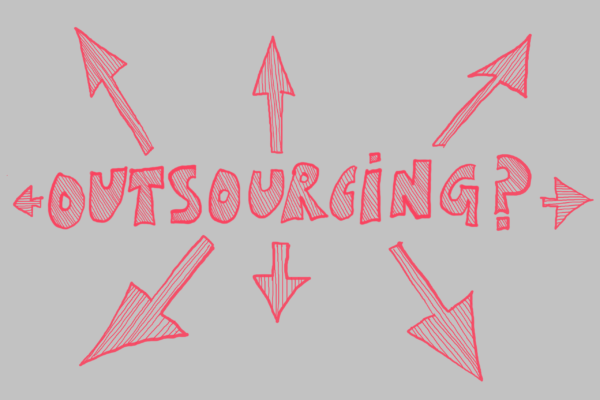I like studying articles about the latest training programs, dietary supplements or routines successful people have adopted in their lives. Nothing bad about broadening one’s mind by reading about the improvement of well-being. Sometimes it could be useful to have a little gadget to monitor body functions such as blood pressure, heart rate or sleep. But the more we count on all these little helpers the more we forget about the most important tool we already have. It is one of the two unconscious processes of the body, we can consciously control: breathing.
Respiration and Carbon Dioxide
We inhale air through the airways into the lungs. Oxygen (O2) is absorbed there and transferred into the bloodstream and then into the cells. This gas is necessary to produce energy in our aerobic metabolism. Water and carbon dioxide (CO2) occur as by-products. But carbon dioxide is not just a waste product which is expelled out by exhaling. It plays a central role in the transportation of oxygen to the cells. It influences the stickiness of the oxygen molecule to haemoglobin and facilitates oxygen diffusion into the cells. Hence, a balance between the levels of these two gases is very important for the body to function efficiently.
Low Levels of Carbon Dioxide
The main cause is associated with hyperventilation or over-breathing. We breathe more than we need to. Thus, we put more carbon dioxide out of the body. The consequence is that, although we could have a high oxygen saturation in the bloodstream, too little oxygen gets into the cells. If we over-breathe consistently chronic low levels of carbon dioxide could follow. Our bodies settle to a new equilibrium and we become more carbon dioxide intolerant. This means that “we can’t handle a healthy dose of CO2 that actually optimizes that O2 ‚infusion’”, as pointed out in this article.

Why Do We Over-breathe?
Experts in the field of breathing, such as Patrick McKeown, Brian MacKenzie and James Nestor agree, that it comes down to the fact, that many people unlearned a natural breathing pattern. We are designed to breathe mostly through the nose. There are activities in which mouth breathing is indicated as in talking or swimming. But most of the time we should take air in and out through the nose.
Why Do We Mouth-breathe?
Besides some physiological factors such as the development of our jaws and airways in general, the amount of stress plays a crucial role. Our bodies are designed to handle a big amount of stress by triggering a fight or flight response to survive. The emphasis is on survival. We expose ourselves to so many modern stressors like deadlines, family issues, heavy workloads, etc. and to so few real dangers if any. Yet our bodies are reacting to those modern stressors as they were designed to. We switch to shallow mouth breathing, experience elevated heart rates and more blood is pumped into our limbs to get ready for run or fight.

These modern dangers are only represented as a narrative we tell ourselves. But they are not life-threatening. However, the mind sends signals of stress and anxiety to our bodies which in turn moves us in a state of emergency. James Nestor is talking in this context of “Email apnoea”: the feeling when you open your inbox seeing 30 new messages and holding unconsciously your breath followed by a state of alertness. So, stress and mouth-breathing are influencing and intensifying each other. What can we do instead?
Switch To Nose-breathing
Instead of shallow and fast respiration through the mouth, which relates to the upper chest, the rediscovery of nose-breathing offers us a tremendous amount of advantages.
„By changing the way in which you breathe you can actually change how your mind is processing thoughts and feelings and emotions.“
James Nestor
The human nose is responsible for some 30 functions in the body. In our breathing, it filters, moisturizes and warms the air before it gets down to our lungs. Besides that, nose-breathing actively targets the diaphragm. This muscle separates the thorax and abdomen and plays a pivotal role in our breathing. Additionally to the respiratory functions, it acts in the stabilisation of our spine and supports our lymphatic system.
Besides the fact that we directly expose our lungs to unconditioned air if we do not breathe through our nose, we are loosening our tissues in the throat and making us more prone to snoring and even sleep apnoea. Furthermore, nose breathing enables us to bring more oxygen to the cells due to a deeper, calmer and less frequent respiration. Remember the role of CO2?
„The human is the only animal who does not know what the nose is for.“
Patrick McKeown
Nose-breathing and Health
Besides an improved oxygen usage efficiency nose-breathing reduces the water loss through mouth-breathing by an astonishing amount of up to 40%. It contributes to dental health too. We are more prone to bacteria, gum disease and dental cavities when mouth-breathing. And our lips will get drier.
Furthermore, constant low levels of carbon dioxide paired with an undersupply of oxygen and chronic high-stress levels take a toll on the body. Sleep problems like snoring, sleep apnoea and the absence of deep sleep can have serious negative effects. Additionally, the absence of a calm and deep nose-breathing pattern is linked to conditions such as anxiety, panic attacks, depression, stress handling, digestion and obesity, asthma, metabolic syndrome and even Parkinson’s disease.
For all these conditions positive effects from nose-breathing are discovered and confirmed by scientific studies. So, why don’t we pay attention to the most powerful tool we have for our health and wellbeing?

Building Awareness
According to Brian MacKenzie “outside-in has become our go-to default” instead of putting our awareness first and looking from inside out. We are so distracted in our everyday lives that we probably have lost the connection to our inner compass. Listening to our bodies more deeply could help. Or recognizing that the solution could be in calming down and connecting with our roots in nature. We can do this by starting a daily breathwork routine.
„What you are feeling is allowing you to really experience life!“
Brian MacKenzie
Stimulus and Response
It is worth mentioning that the concentration on what we can control could be a good start as well. Brian MacKenzie calls this stimulus and response cycles. In a state of emergency and in an every-day situation it pays off to calm down by breathing, think and choose your response. Just remove the complete story (your thoughts about your anxiety and your inner narrative) and think of how you can improve the situation.
“Between stimulus and response, there is a space. In that space is our power to choose our response. In our response lies our growth and our freedom.”
Viktor Frankl
He continues, that besides breathing the second autonomic process we can control is our vision. So again, step back in a stressful situation, take some deep slow breaths and your vision will become less focused and more open to the big picture. Steven Kotler refers to “panoramic vision” too as a stress relief technique in this podcast episode.
How to Start?
If you are experiencing a dry mouth in the morning it is highly likely that you are a mouth-breather. If you are not sure start with an awareness exercise of your breathing. Check-in with yourself and observe your breathing and the movement of the diaphragm. A tense diaphragm will tell you a lot about your state of mind and that you should do some stress-relieving activities such as breathwork and meditation.

It is no coincidence that most meditation practises start with some sort of breathing exercise. Another tip is to take a few deep slow breaths through the nose before eating. This triggers the parasympathetic nervous system, calms you down and prepares your senses for the food and your guts for digestion. And it is no lucky shot either that many people around the world regardless of their religion start their meals with a short prayer. People instinctively have known about the magic of breathing for thousands of years. So, simply begin again in recognising the intrinsic power of this function of our body.
Outlook
In the next blog post, I will concentrate on some specific exercises of breathwork and other interesting aspects which could help you to understand breathing in a broader context. In the meantime, just follow Dr Chatterjee’s advice: „Breathing is information.“
Blog post Photo by Kyndall Ramirez on Unsplash.
This article is based on the works of Dr Ragan Chatterjee and his podcast guests Patrick McKeown, Brian MacKenzie and James Nestor. I am aware that I have not done the citations of the sources as in a scientific article. This was done by intent to facilitate the reading experience. Please find below the links to the three podcast interviews. You will find all the relevant links to the experts’ works there.
Podcast episodes with Brian MacKenzie, Patrick McKeown and James Nestor.





2 Kommentare
Wie wunderbar! Wir haben vergessen dass die simplen Dinge unser Boden im weitesten Sinne sind. Keep it simple and breathe! Das nehm ich direkt in meine Gedanken mit auf!
Es wäre so einfach, wenn man sich auf das Wesentliche besinnt – sehr gut auf den Punkt gebracht!